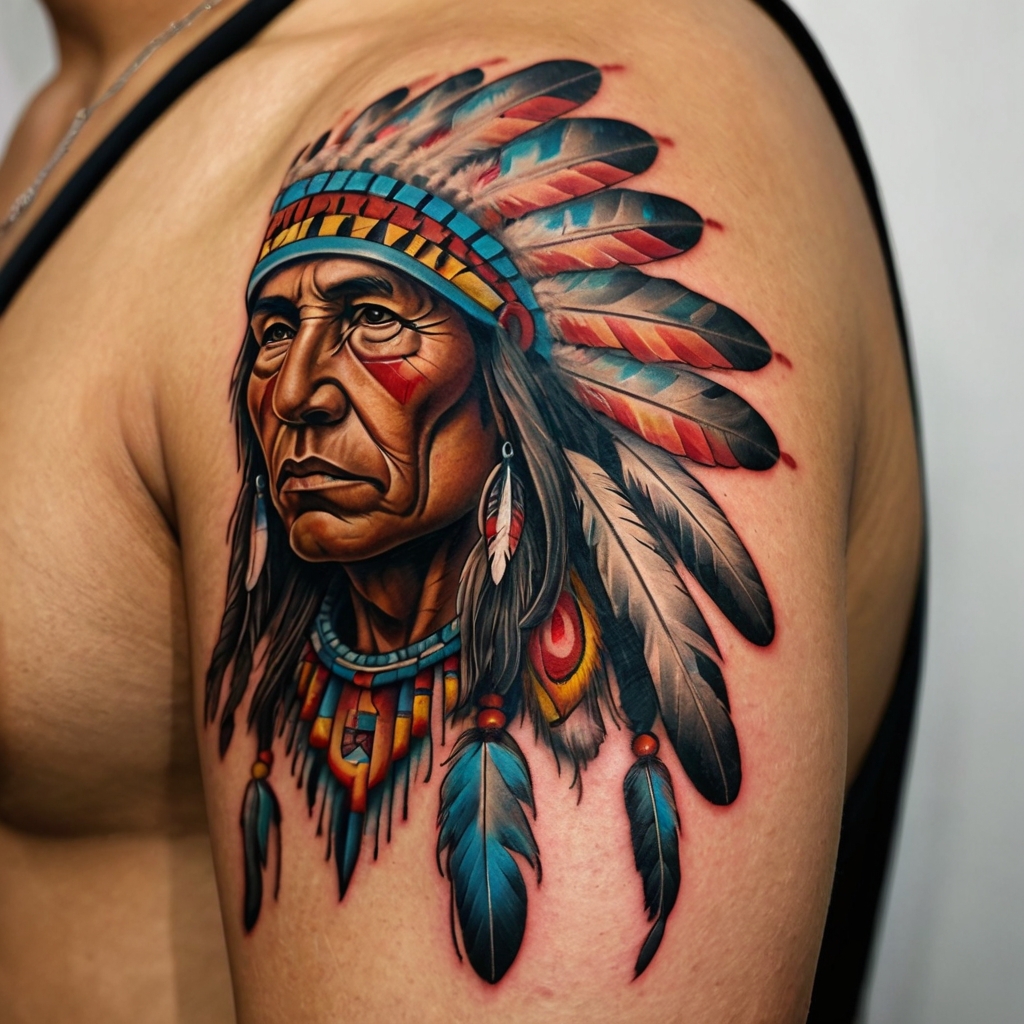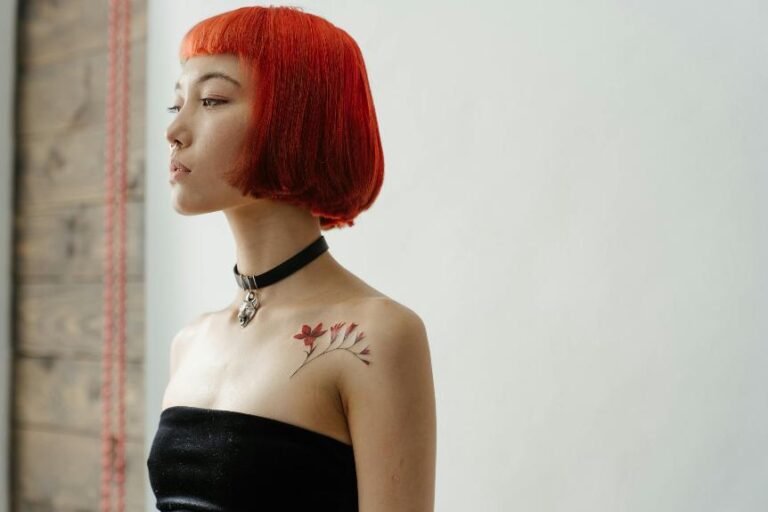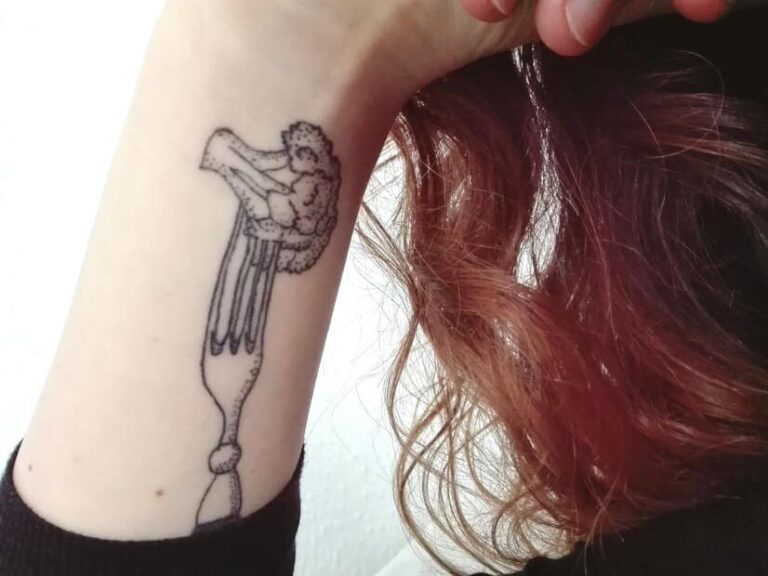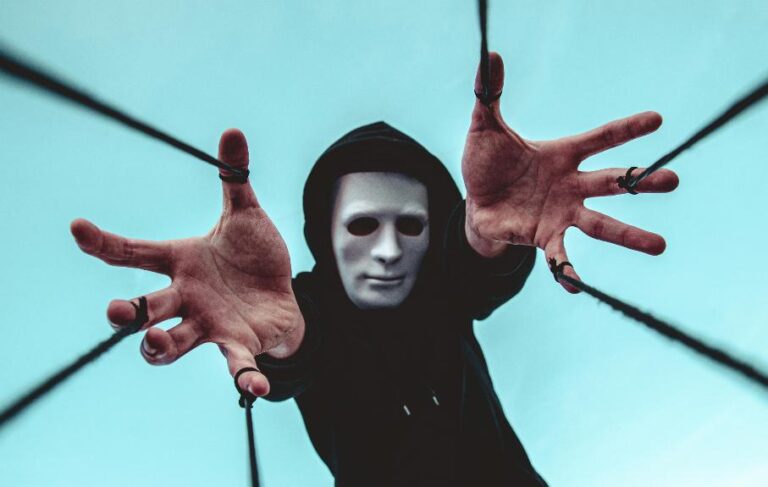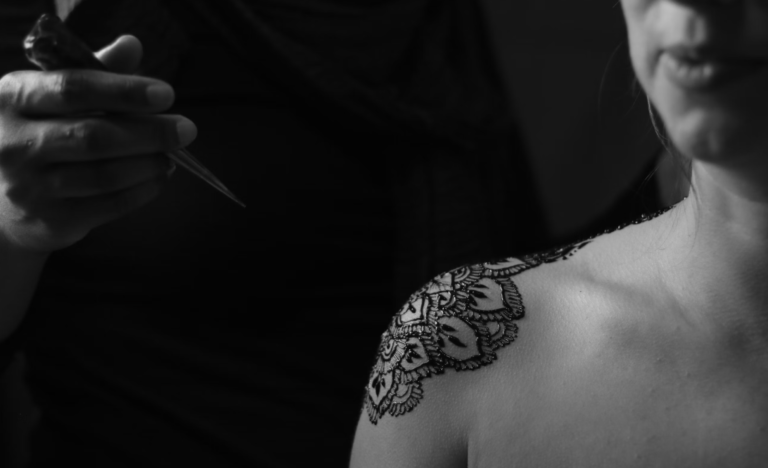Key Takeaways
- Symbolism and Meaning: Native American tattoos deeply connect to nature, spirituality, and cultural heritage, representing personal journeys, beliefs, and ancestral stories.
- Historical Significance: Tattoos served as rites of passage and indicators of social status in ancient tribes, often linked to warriors, shamans, and healers for protection and spiritual power.
- Common Symbols: These tattoos frequently feature animals, natural elements, and spiritual symbols, each with specific meanings like protection, guidance, and connection to the natural world.
- Tribal Variations: Symbolism and techniques vary significantly among tribes, exemplifying the diverse cultural practices and technological adaptations of different Native American communities.
- Contemporary Adaptation: Modern tattoo artists often incorporate traditional symbols with respect to their cultural significance, while the rise in popularity emphasizes the importance of understanding and honoring these origins to avoid cultural appropriation.
History of Native American Tattoos
Native American tattoos represent identity, beliefs, and ancestral stories. They’re more than just body art, conveying connection to nature, spirituality, and cultural heritage.
Ancient Practices
Ancient Native American tribes used tattoos as rites of passage, signifying personal achievements and social status. Warriors often wore tattoos symbolizing bravery and victories in battle. Spiritual leaders, shamans, and healers used tattoos in rituals and ceremonies, believing they offered protection and spiritual power. Early tools for tattooing included sharpened bones and plant-based dyes, resulting in intricate, meaningful designs.
Cultural Significance
Cultural significance of Native American tattoos lies in their deep symbolism. Animal representations like eagles, bears, and wolves connect individuals to their spirit animals, believed to offer guidance and protection. Celestial symbols, including suns and moons, embody connection to the cosmos and natural cycles. Tribal symbols, such as specific geometric patterns, indicate membership in particular clans or tribes. Tattoos can also serve as visual narratives, detailing personal journeys, significant life events, and familial lineage.
Common Symbols and Their Meanings
Native American tattoos often symbolize identity, beliefs, spiritual connections, and ancestral stories. Each design carries a unique meaning, often representing personal journeys and cultural heritage.
Animals and Totems
Animals in Native American tattoos symbolize traits admired in the animal. For example, an eagle represents strength and vision, while a bear stands for courage and protection. Amid tribal cultures, these symbols connect individuals to their spirit animals, guiding them through life’s challenges and achievements.
Natural Elements
Natural elements in these tattoos like the sun, moon, and feathery motifs denote powerful connections to nature. The sun can symbolize life and growth, the moon often stands for femininity and intuition, and feathers can denote a sense of freedom and ascendance. You find these elements used to communicate a harmony with the natural world, reflecting indigenous people’s reliance on and reverence for nature.
Spiritual Symbols
Spiritual symbols in Native American tattoos encompass a wide range of spiritual beliefs and practices. Dream catchers, for example, represent protection from negative spirits and the filtering of good dreams. The use of arrows signifies protection and direction, implying guidance and safety on life’s journey. These symbols visibly narrate the spiritual aspirations and protective measures endorsed by Native American customs.
Variations Across Tribes
Native American tattoos convey deep meanings, symbolizing identity, beliefs, and ancestral stories. These tattoos reflect a profound connection to nature, spirituality, and cultural heritage.
Differences in Symbolism
Native American tattoos showcase diverse symbols, varying significantly among tribes:
- Navajo: Often depict animals like bears and eagles, representing strength and freedom.
- Haida: Use complex totem designs to symbolize family lineage and social status.
- Cherokee: Incorporate celestial symbols, such as the sun and moon, for guidance and protection.
- Sioux: Feature arrows and feathers, signifying bravery and warrior spirit.
Different tribes use unique symbols to tell their distinct cultural and spiritual stories. These variations highlight the rich diversity across Native American cultures.
Unique Tribal Tattoo Techniques
Each tribe has developed specific tattoo techniques:
- Inuit: Employ skin stitching, where the tattoo artist uses a needle to sew ink into the skin.
- Iroquois: Use bone tools to create deep, bold lines for geometric designs.
- Maori (New Zealand): Integrate intricate patterns with chisels, creating raised tattoos called “moko.”
Distinct methods reflect each tribe’s cultural practices and technological adaptation. These unique techniques showcase the craftsmanship and significance behind Native American tattoos.
Contemporary Influence and Adaptation
Native American tattoos symbolize identity, beliefs, and ancestral stories. They showcase a deep connection to nature, spirituality, and heritage.
Modern Tattoo Artists
Many contemporary artists draw inspiration from Native American designs. They incorporate traditional symbols and motifs in their work, preserving cultural significance. Artists often study historical references extensively. For example, they may use animal representations to signify strength or celestial designs to represent guidance. The precision in recreating these symbols ensures they retain their original meanings. Some artists also collaborate with Native communities. This practice helps maintain authenticity and respects cultural heritage.
Integration into Popular Culture
Native American tattoos have penetrated mainstream culture. Celebrities and influencers often sport these designs, increasing their visibility. The media frequently showcases these tattoos in movies and fashion. This trend brings awareness to Native American culture but risks cultural appropriation. Respectful adoption involves understanding and honoring the tattoo’s origins. Popular designs include tribal emblems, nature symbols, and totems. These elements, while aesthetically pleasing, carry significant meanings related to personal journeys and lineage. Educating the broader public about these meanings can foster appreciation rather than mere imitation.
Conclusion
Native American tattoos are more than just body art; they’re a profound expression of cultural identity and spiritual beliefs. Each design tells a unique story, reflecting the deep connection to nature, heritage, and personal journeys. As modern artists continue to draw inspiration from these traditional designs, it’s crucial to approach them with respect and understanding. By appreciating the rich history and significance behind Native American tattoos, you not only honor their origins but also contribute to the preservation of a vibrant cultural heritage.
Frequently Asked Questions
What is the significance of Native American tattoos?
Native American tattoos represent identity, beliefs, and ancestral stories. They are closely tied to nature, spirituality, and heritage, often using symbols such as animals and celestial representations to convey personal journeys and lineage.
How do different tribes use unique symbols in their tattoos?
Tribes use various symbols to convey different meanings. For example, the Navajo use strength symbols, the Haida feature totem designs, the Cherokee employ celestial symbols, and the Sioux use motifs representing bravery.
What are some traditional techniques for creating Native American tattoos?
Traditional techniques include skin stitching, using bone tools, and creating raised tattoos with chisels. These methods are distinctive to different tribes and passed down through generations.
How have Native American tattoos influenced modern tattoo art?
Modern tattoo artists draw inspiration from traditional Native American designs to preserve cultural significance. They often collaborate with Native communities to ensure authenticity and respect for cultural heritage.
Are Native American tattoos integrated into popular culture?
Yes, Native American tattoos have gained visibility through celebrities, influencers, and media. However, this raises awareness but also poses risks of cultural appropriation.
What are some popular Native American tattoo designs?
Popular designs include tribal emblems and nature symbols. These carry deep meanings related to personal journeys and lineage, emphasizing the importance of understanding and honoring their origins.
Why is it important to respect the cultural heritage of Native American tattoos?
Respecting cultural heritage ensures that the meanings and traditions behind these tattoos are honored and preserved. This avoids cultural appropriation and supports the perpetuation of these significant practices.

